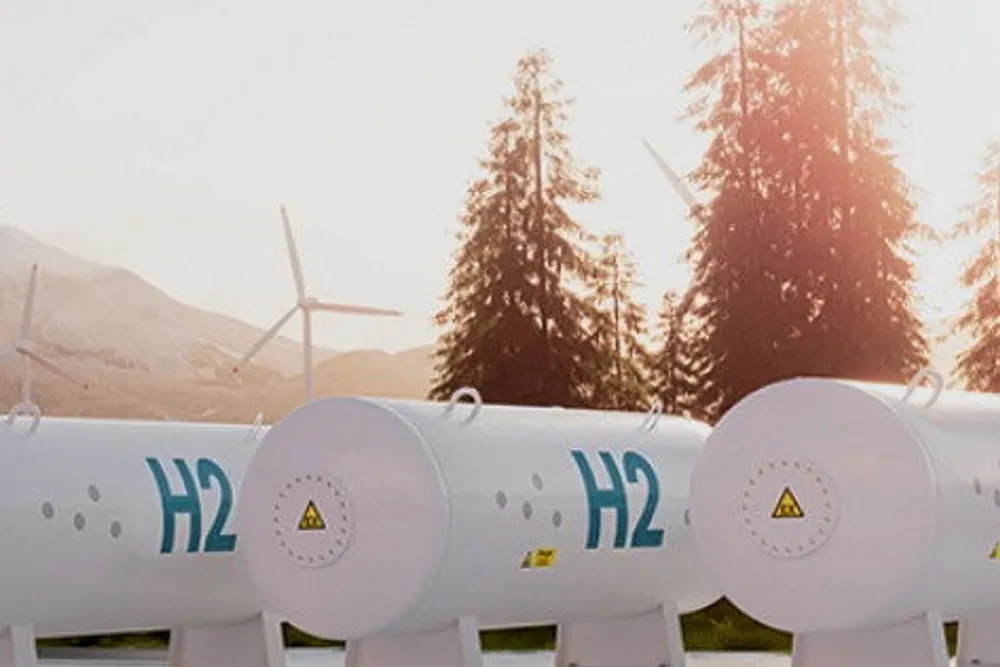DNV forecasts hydrogen to meet a third of what is required for Paris goals
Norwegian certification society suggests new policies are needed to push hydrogen production and offtake

Norwegian certification society suggests new policies are needed to push hydrogen production and offtake
